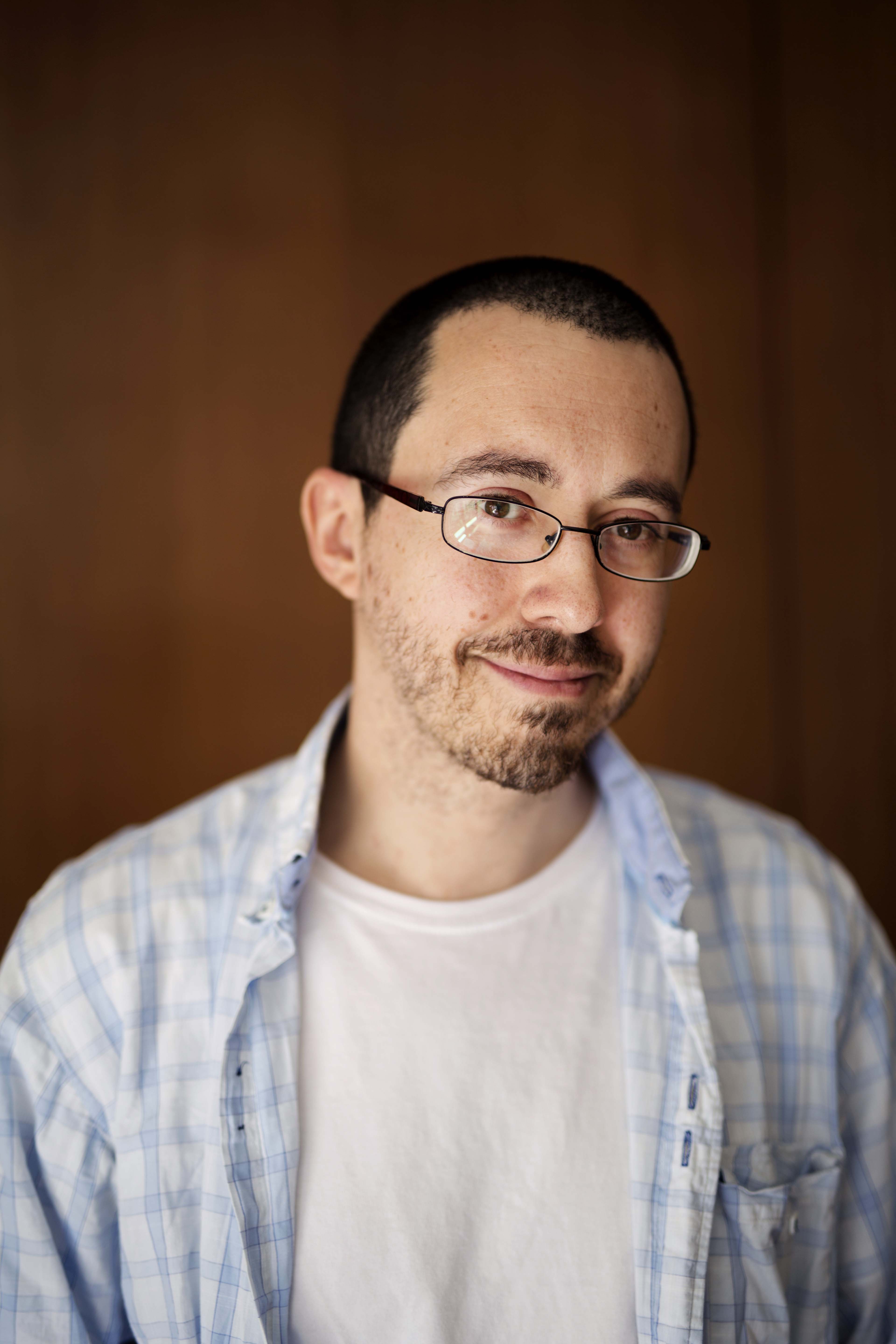Interview with Spanish Professor Inchauspe

- "Coming to Argentina is an opportunity to see a culture that is everyone's culture. Students come here and see buildings that are French, Italian or Dutch. It's a cosmopolitan city you have to get to know. When you tire of the city, there are plenty of places to go, like Iguazu Falls in the north or snowy Patagonia in the south.
Inchauspe himself is from the capital and has a master's degree in letras, Spanish lingu
istics, from the University of Buenos Aires. He is one of around 470 million native Spanish speakers in the world. Spanish is the second most spoken language in the world and is also an official language of the United Nations.
- "Speaking a language is more than grammatical rules, verb conjugations and whether the word cat is feminine or not," he says.
- I very much enjoy understanding how language works, how our minds use them, and how we try to make language fit into our world. The sociological approach to language is very interesting.
World language
The distinctive Argentinian variety of Spanish is characterised by the fact that the written "ll" and "y" are pronounced like the “sh” sound in the english word “shoes”. Usually in Spanish, these are pronounced as a "j" sound. Argentines say "vos" instead of "tú". The exotic lunfardo slang also enriches the Argentine capital's Spanish. Lunfardo is a thieving language introduced by Italian immigrants a century ago, and the words are twisted before being spoken backwards. In Buenos Aires, 'zapi' is used as often as the word pizza, 'feca' for coffee and 'garpar' for paying (pagar).
It is said that "Argentines are Italians who speak Spanish but think they are British."
- But Argentine Spanish is not so different from other types of Spanish, says the Spanish teacher.
Use the language
There is a documented need for language and cultural competence, and with increasing internationalisation, the Spanish language is useful. The Spanish teacher encourages students to try to speak as much Spanish as they can during their semester in Buenos Aires. The most important thing is that students are prepared for the fact that a teacher cannot teach them a language. The students have to learn for themselves.
- We are tutors, and if the student doesn't want to go, we can't go for them. As a student, you have to push yourself and use the language even if you have no idea how to say something. We know how to get a student good.
Spanish language can also open gates to understanding more of other Romance languages in the Indo-European language family, such as French and Portuguese. Take the word "begynne" in Norwegian, which is "begin" in English, but also "commence". "Commence" comes from the French "commencer" and in Spanish it is "comenzar". "Night" is "noche" in Spanish, "noite" in Portuguese, "nuit" in French, and "notte" in Italian.
- "Students who mingle a lot with Argentines come to my classes with Argentine slang. They can go a long way," he says.
Linguistic delights
Back to the cultural aspect of the Spanish language, which Inchauspe particularly enjoys. Usually his Spanish students will try to translate directly from their own language into Spanish. This doesn't always work, Inchauspe says.
- "A typical mistake is to translate the English 'I am hot'. This means that you feel that your body temperature has risen and that you are sweating. Translated into Spanish, two things can happen, you say "soy caliente" or "estoy caliente". The former means that you are "hot", that you are partying in a special way. The second version means that you are dizzy.
"In Spanish, you're not hot, you're warm," he explains. You're not hungry, but you have hunger - tengo hambre. Age is also something a person has.”
- "The students need to start thinking like us and understand the culture. In Spanish, we can also change the structure of a sentence and get a different meaning, while in other languages, such as English, you have to use your tone of voice and tone of voice to emphasise a word.
Example: Saying "José Luis soy yo" instead of "Yo soy José Luis" emphasises that it is José Luis who is speaking and not another person. Also, "I like chocolate" and "a mi me gusta el chocolate" are very different even if it is the correct translation.
- In English it is the "I" that performs the activity. In Spanish, the chocolate affects me. The chocolate has a power over me," he says.
